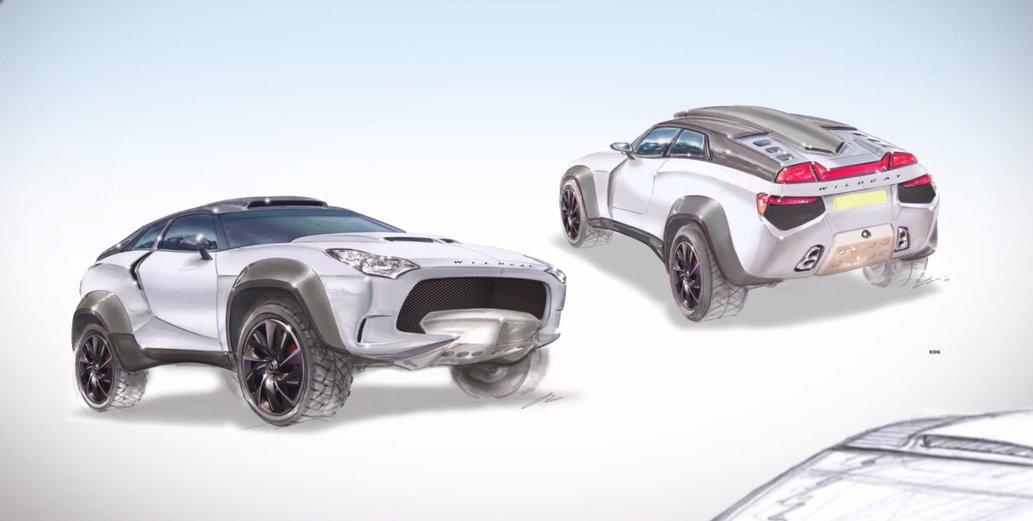The new duo has just been announced by the brand, and despite wildly differing looks, attitudes, and available weaponry, the vehicles are actually based on the same lightweight composite platform.
The MV-LSV (or Light Strike Vehicle) builds on Wildcat’s off-roading experience to offer high-speed capability through the harshest environments. Under the vented hood lies a 3.0-liter, 268-horsepower turbodiesel six-cylinder capable of pushing the car to over 100 mph, and inside, a modular platform allows for multiple seating arrangements, service/repair supplies, and even medical equipment. The vehicle’s size and weight are also optimized for air portability.
On the other end of the spectrum is the W22, which is less about firepower and more about fun. A so-called “Super SUV,” the W22 is designed for track day performance as well as mud-flinging shenanigans, and it enlists either a 298-hp, five-cylinder diesel or a rip-roaring V8 with outputs ranging from 430 hp to 640 hp.
With all the switches turned to eleventy, the W22 is capable of zero to 62 mph in 3.9 seconds and a top speed of 155 mph. Even at that velocity, the W22’s arresting looks, 6.5-inch touchscreen, and 1,200-watt sound system make this thing a can’t-miss.
To bring the siblings into production, Wildcat is leaning on crowdsourcing website Crowdcube to raise £1.5 million ($2,340,795). If the brand’s financial goals are met, crowdfunding investors are estimated to get an 800 percent return on their original stake over a five-year period.
As with most crowdfunding campaigns, there are various rewards associated with different levels of contribution. A donation of £1,000 or more will net you an official Wildcat membership, which gives you prerelease tickets for all events as well as discounts on performance parts. £10,000 or over grants you 10 percent off any vehicle Wildcat produces, free tickets to an “experience day event,” and the benefits increase from there — priority build slots, rally driving courses, and the like.
Wildcat hopes to launch the W22 and MV-LSV in 2016.
Editors' Recommendations
- Inside the light-speed race to build a solar-powered commuter car
- Polaris builds Lunar Rover Vehicle replica with Indian, Slingshot, and RZR parts






